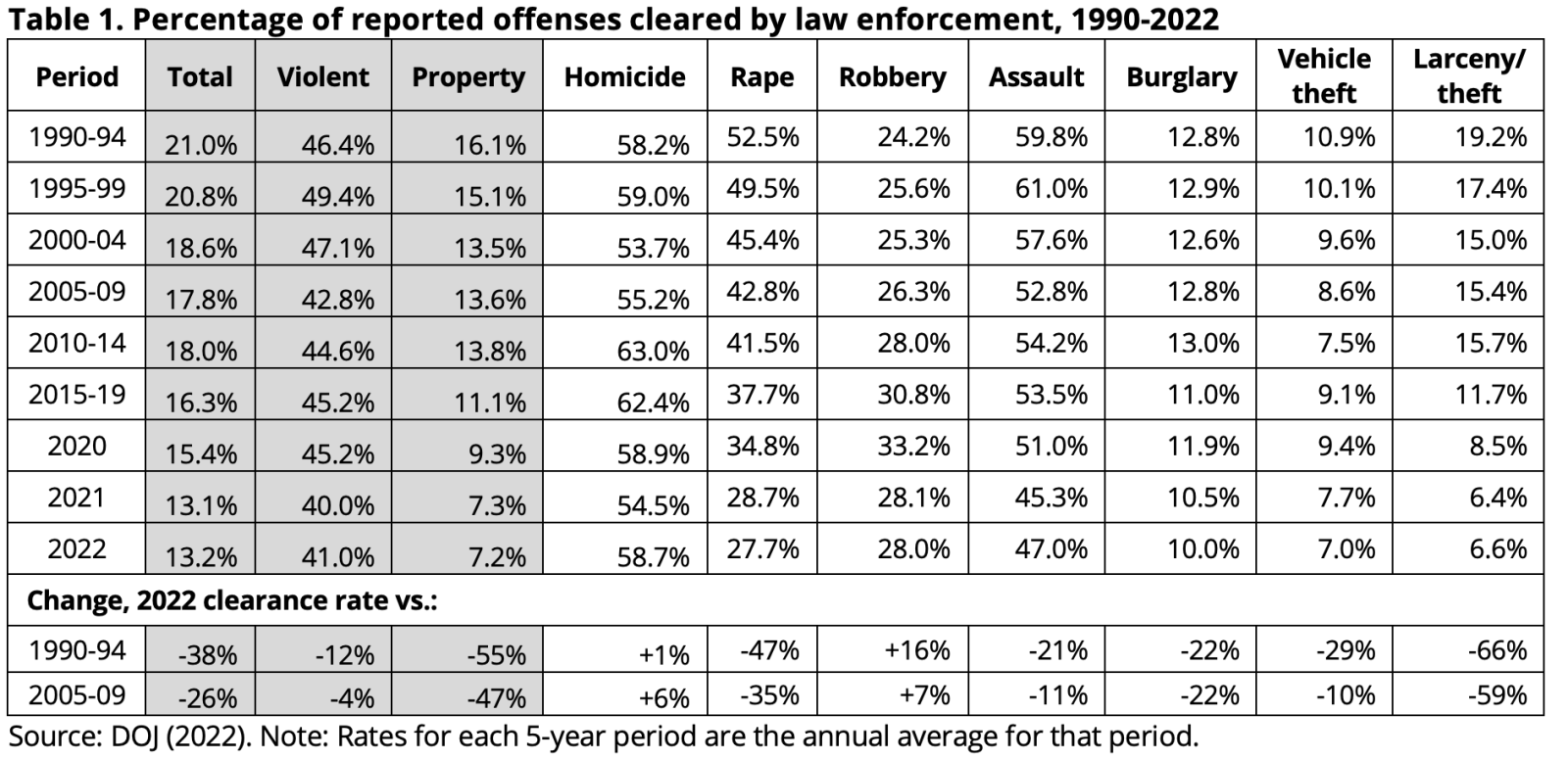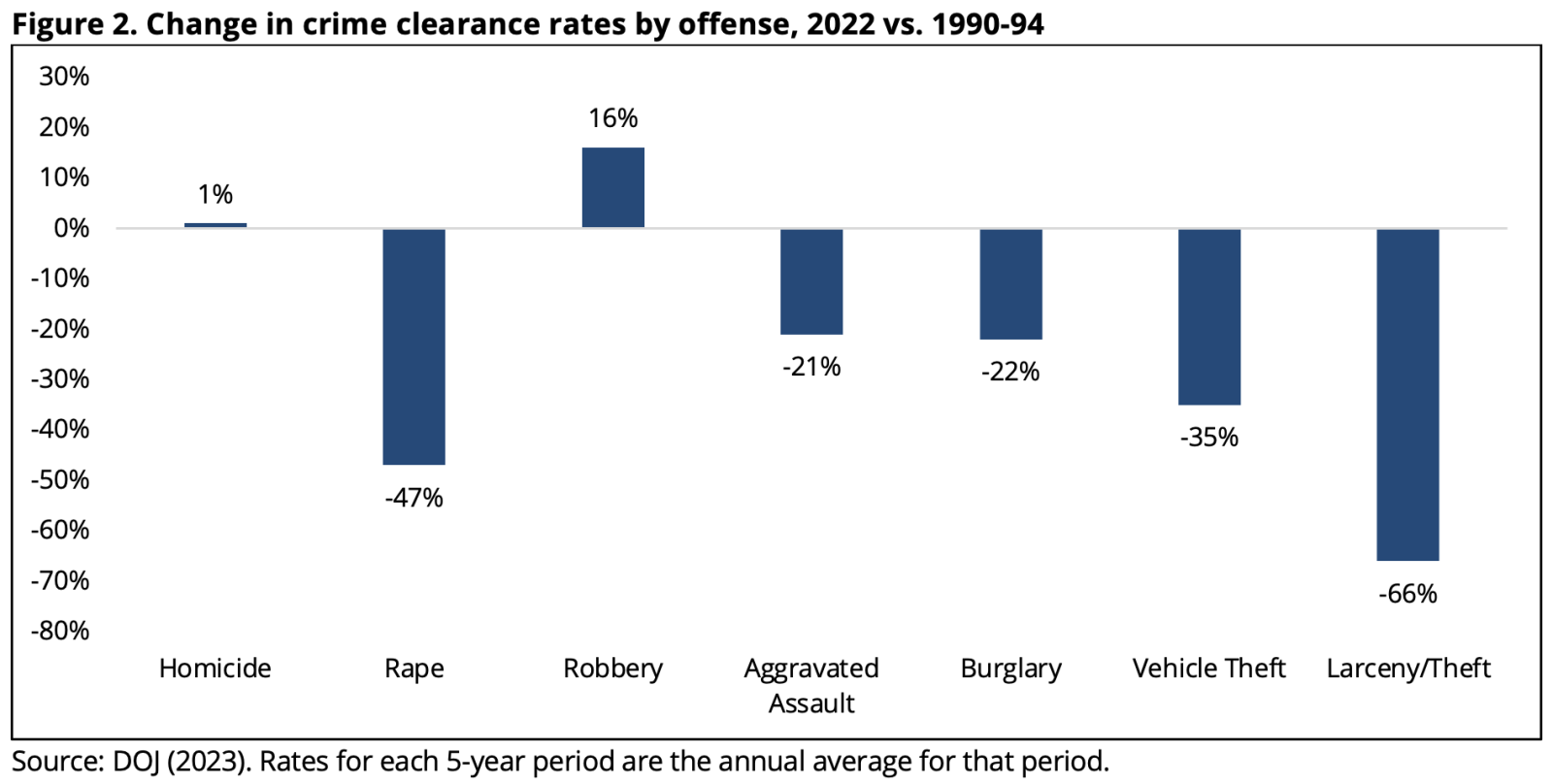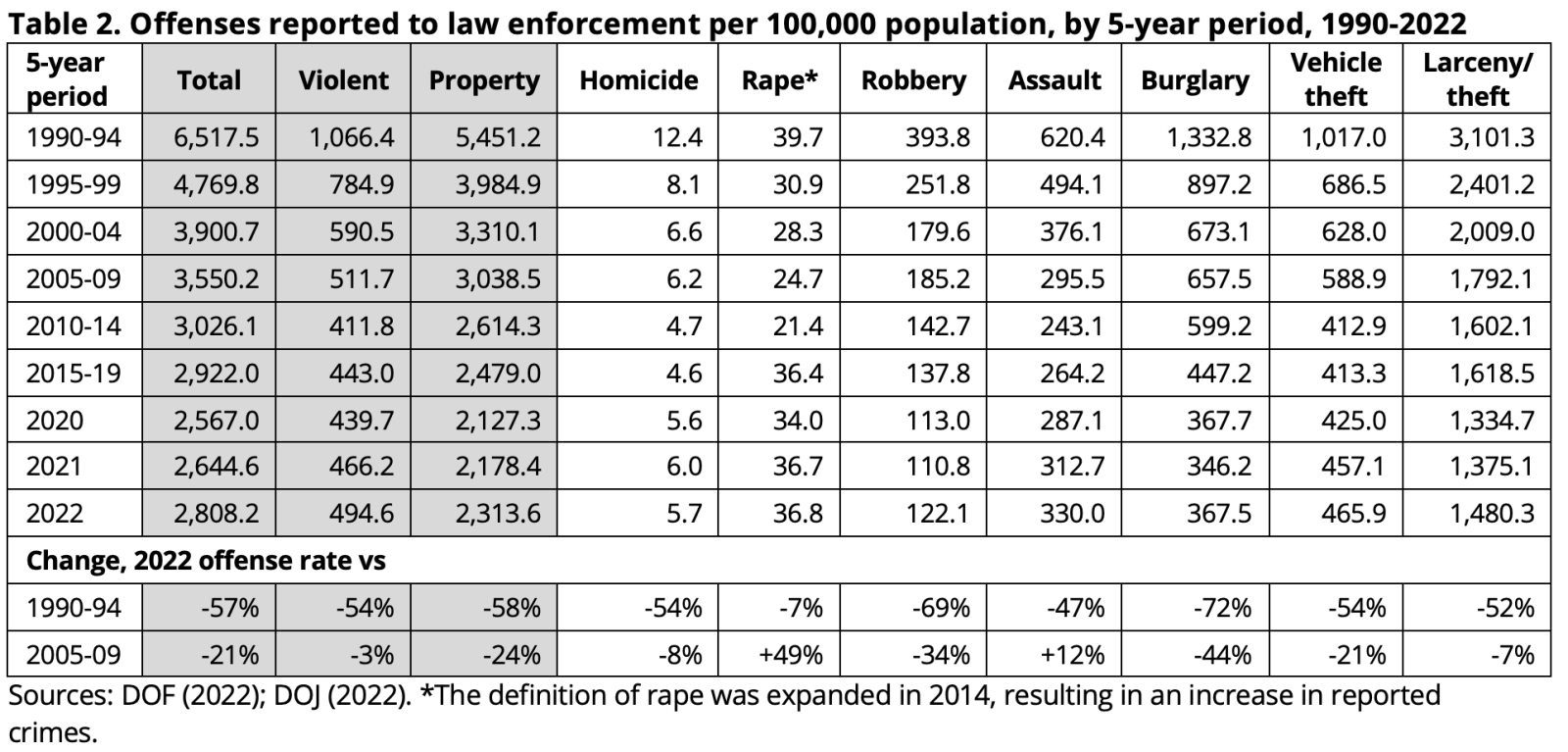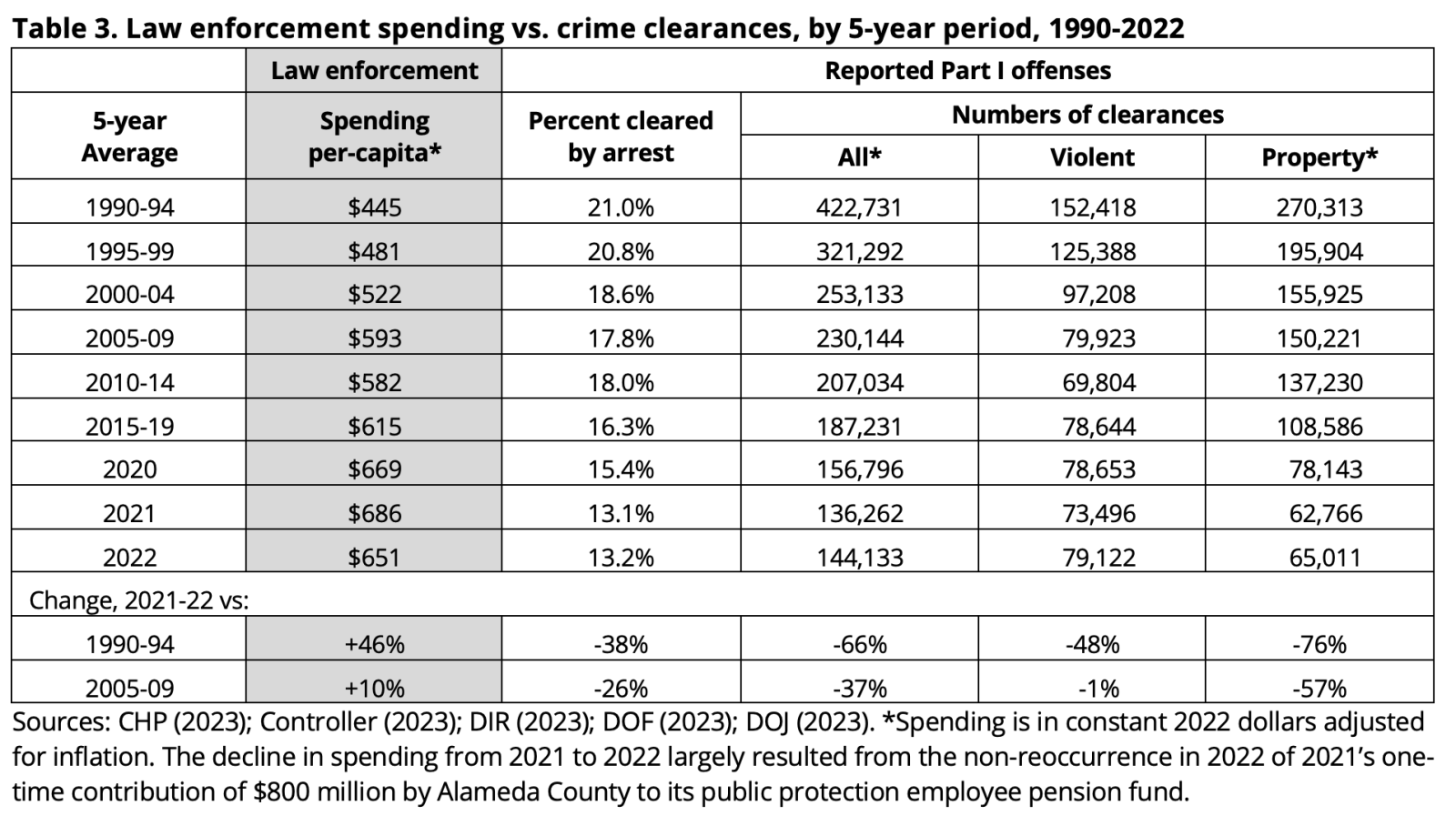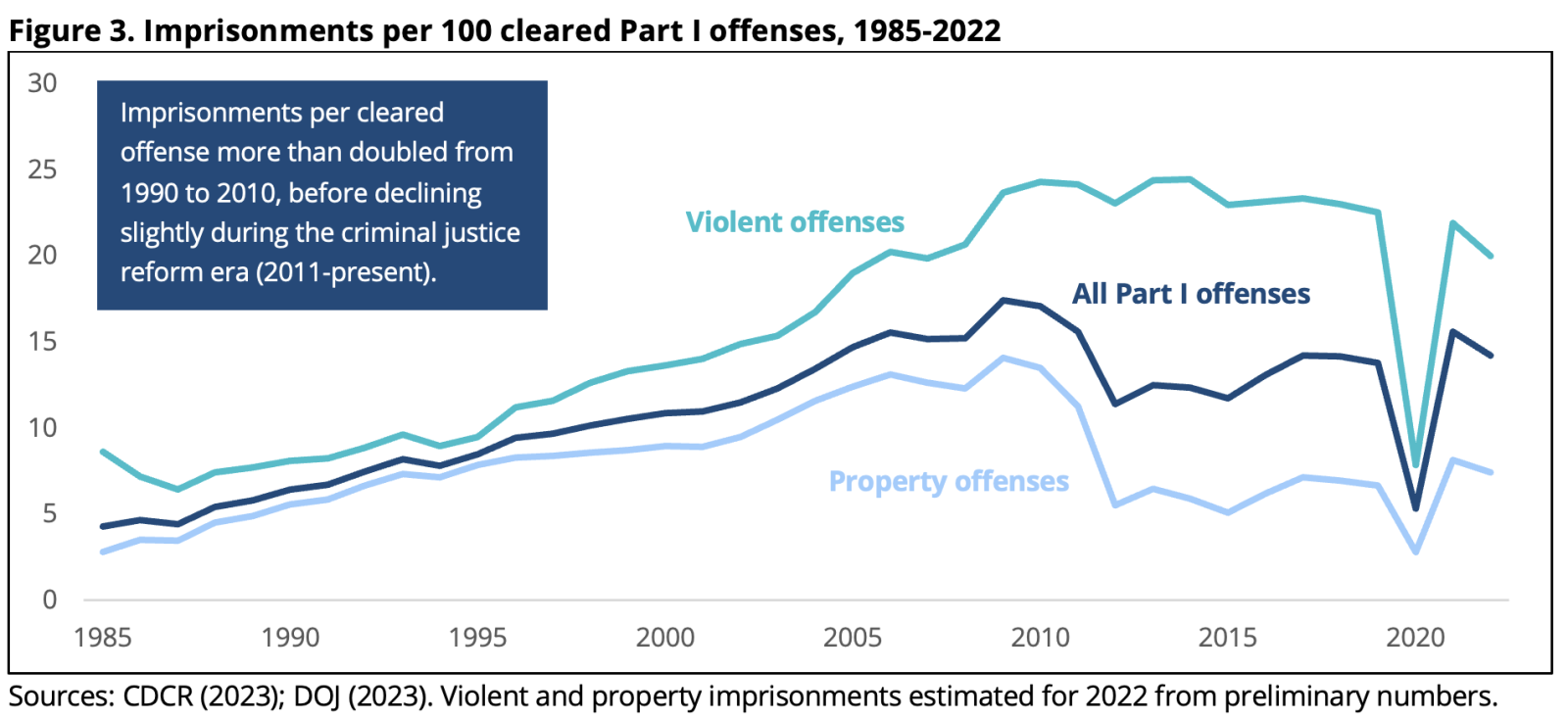A Book Review and Reflection Forward
In this rapidly degenerating American climate where women (including trans and non-binary people) are in danger of losing control over their own frozen embryos and face criminalization for crossing state lines to get an abortion, Angela Hume’s new book is a very important read. It reminds us of the long history of radical feminist action to achieve sovereignty over our own bodies – action that refuses to respect the constraints of legislative advocacy and legality.
Hume began writing Deep Care – The Radical Activists Who Provided Abortions, Defied the Law and Fought to Keep Clinics Open (AK Press Oct 2023) when Dobbs was still only handwriting on the wall. The Supreme Court’s Dobbs decision in June 2022, which eliminated Federal legal protection for abortion, and the subsequent drastic restrictions on a range of abortion rights in more than seventeen states around the country, has crystallized the need for regenerating militant grassroots movement for reproductive justice.
The book is an in-depth examination of the largely untold history of West Coast reproductive activism from the 1970s to the beginning of the 21st century through dozens of interviews with activists who were part of this movement. It offers critical lessons for the building of a radical reproductive justice movement in the coming period. Hume theorizes that “deep care” values and practices were at the root of the linked developments of feminist self-help, feminist health clinics and abortion clinic defense. For her, the self-help/self-care movement was a core component of building out this three-pronged strategy. Self-help “teaches us about how to empower, defend, and care for each other”, she states. “And when we can do this, we can strengthen our community from the inside, and we don’t have to rely on the state.”
The history that she narrates elucidates the ways in which people-to-people care and education has always been an integral part of radical feminist movement starting with consciousness raising groups in the seventies. At the same time, her perspective raises unresolved questions about how to embed “deep care” practices into movement strategies that go beyond self-reliance and self-defense to build a broad militant challenge to the foundations of the U.S. racial, imperialist state.
As part of her research for this book, Angela Hume interviewed me about my experience in Bay Area feminist self-help circles in the early 1970’s. I had had a legal abortion in New York City in 1971, shortly after abortion was legalized in New York but before the landmark Supreme Court Roe decision of 1973. Women from my consciousness-raising group picked me up at the hospital after the abortion and in the weeks that followed we all shared emotional stories of illegal abortions, deliberate misinformation about contraception and sex, and the critical need to take control of our bodies on all levels. It was one of my first direct experiences of the kind of feminist care that the second-wave women’s movement insisted upon in the face of patriarchal attitudes and practices which devalued all forms of care even within the male-dominated left.
When I moved to California in 1972, the burgeoning women’s self-help health movement offered groups that could expand awareness and care of our bodies, including cervical self-exams and information about menstrual extraction – a way to manage our periods efficiently as well as a method of abortion. My time in the self-help group was short-lived. The particular group that I was in was very caring, but it was all white and mainly middle class. I questioned the applicability of this type of self-exploration to the health and well-being of women of color and working-class women. And in a period when the U.S. war against Vietnam was still raging and horrifying stories about the systematic rapes and massacres of Vietnamese women by U.S. soldiers was circulating widely, I wasn’t clear how self-examination could help build forceful anti-imperialist feminism.
Deep Care gave me a new appreciation of the ways in which the feminist self-help movement in the Bay Area was simultaneously evolving a broader agenda beyond small groups. Taking inspiration from the Black Panther Party’s community-controlled free health care clinics, the Oakland Feminist Women’s Health Center (OFWHC)/ Women’s Choice clinic, was established in 1973, as a “broad spectrum sexual, reproductive and abortion health care provider” which primarily served women of color and working-class women, including many queer and trans people. Women’s Choice soon expanded into a network of Feminist Health Care centers that developed a “participatory” health care model, challenging the conventional hierarchical structure of patient-provider relationships.
Deep Care offers particular insight into the role that Black lesbian feminist poet Pat Parker played in the further evolution of the Women’s Choice clinic. Parker had been a member of the Black Panther Party (BPP) at an early age but left due to the sexism she experienced in the organization. She went on to express her commitment to the Black community and Black women through her groundbreaking poetry. When she started working at Women’s Choice in 1977, she didn’t have a background in health care but she, along with other Black women at Women’s Choice, expanded the work that it did with Black and other women of color. As Hume puts it “These clinic workers took insights from Black radical and other Black health activist histories, inflected them with Black feminist perspectives from their own experience, and brought them to the clinic.”
In 1985, as a new women’s health clinic in Richmond, CA came under attack by right-wing anti-abortionists, Parker recognized that a different level of work was needed to protect the right to abortion. She helped initiate the Clinic Defense Committee to build community support and protection for the Richmond clinic. Women’s Choice was joined by several other groups, including Radical Women, Women Against Imperialism and the Revolutionary Workers League in their clinic defense efforts. As Operation Rescue targeted clinics across the U.S. with systematic efforts to physically block people from access to abortion and clinic bombings spread, the Clinic Defense Committee evolved into the Bay Area Coalition Against Operation Rescue (later Bay Area Coalition for Our Reproductive Rights). BACORR was a broad coalition providing clinic defense for a variety of clinics. For years the coalition developed an array of sophisticated and creative tactics that physically protected people’s right to choose abortion.
Hume also details the simultaneous commitment of feminist activists to maintaining a network of underground abortion self-help providers. These providers maintained practices that were not licensed, insisting that a form of direct autonomous care needed to be sustained outside of the state’s institutional purview. Even though the legal system had granted women the legal “right to choose”, these underground networks ensured that the knowledge and skills necessary for people to exercise direct control over their reproductive function would continue despite increasing legislative restrictions beginning with the 1977 Hyde Amendment .
In an adjacent development not discussed in the book, the need to defend the health and bodily sovereignty of women in prison led to the founding of the California Coalition for Women Prisoners (CCWP) in 1995. I have been involved in CCWP since then, and more recently Angela Hume has also become active in the organization. CCWP recognized that people in women’s prisons were consistently denied their rights to basic health care, including their reproductive rights, but were not being included in the work of the feminist movement at that time. Our slogan, Caring Collectively for Women Prisoners, was suggested by a formerly incarcerated woman who understood the absolute importance of collective care to ensure survival inside prison. By trying to put this principle into practice over decades, CCWP has carried the trajectory of the feminist self-help movement of the 1970s into the abolitionist movement of the twenty-first century. And Angela Hume is now shaping their own practice of deep care through their direct work with people in women’s prisons at the same time as they are documenting the long history of that effort.
I was in Cuba with the May Day Brigade in May 2022 when the news of the impending Dobbs decision was leaked by Politico. Many conversations immediately ensued between us and our Cuban hosts contrasting their uncontested right to abortion, which had been protected in Cuba since 1965, and the reactionary forces that were systematically bulldozing reproductive and other gender rights in the U.S. For me, those conversations corroborated the exemplary character of Cuba’s model of participatory community health care where reproductive health is approached “as a multi-faceted part of every woman’s life” from the time she enters puberty. They also reconfirmed the need for care to be guaranteed by a state and a constitution that upholds health and reproductive care as an inalienable right.
Deep care should be a fundamental value that underlies human interaction in community. The fact that it has to be defined and asserted again and again as a political project in the U.S. context exposes the intrinsic inhumanity and violence of the patriarchal imperialist system that we live under. Hume’s book demands that we find ways to fiercely assert principles of care and solidarity as core to our movements as we accelerate the struggle for sovereignty, self-determination and liberation around the world.
Free Palestine!

